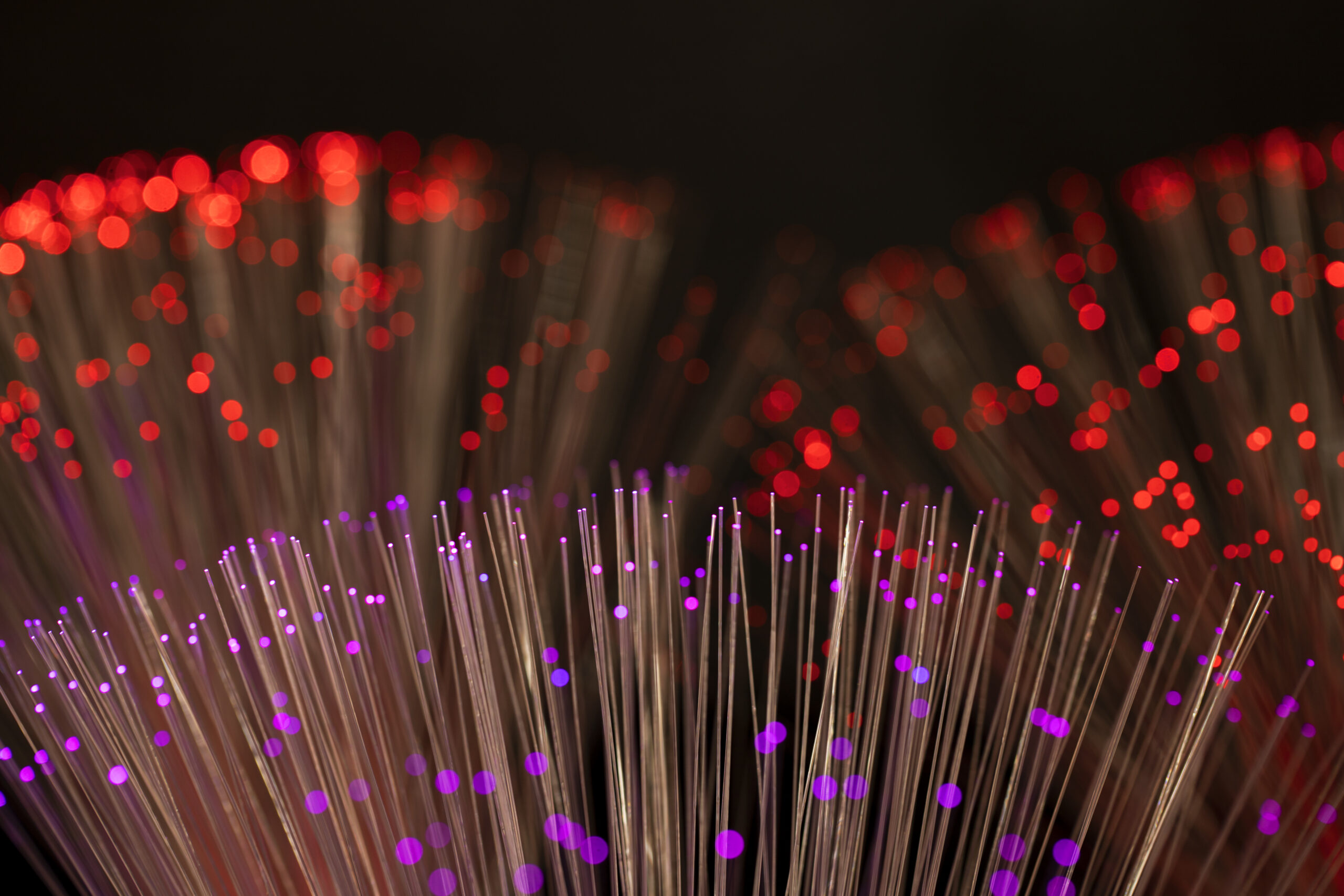Fibermaxxing: The Viral Wellness Trend You Need to Know About
Introduction
The health and wellness industry is always buzzing with new trends. From keto diets to intermittent fasting, each promises better health and energy. But unlike many short-lived fads, one movement gaining real momentum is Fibermaxxing. This concept isn’t about cutting carbs, skipping meals, or overcomplicating your diet—it’s about something much simpler: getting enough dietary fiber.
In this article, we’ll break down everything you need to know about fibermaxxing, why it’s trending, how it benefits the body, and how you can safely adopt it into your daily routine.
What is Fibermaxxing?
At its core, Fibermaxxing is the intentional effort to maximize fiber intake through daily meals and snacks. It’s not about extreme dieting—it’s about ensuring your body receives the amount of fiber it actually needs.
Most people consume far less fiber than recommended. On average, adults should aim for:
-
25 grams/day for women
-
38 grams/day for men
Unfortunately, the typical diet falls short. Fibermaxxing is a response to this problem, encouraging people to eat fiber-rich foods like:
-
Fruits and vegetables
-
Whole grains
-
Beans and legumes
-
Seeds and nuts
Why is Fibermaxxing Trending?
There are a few key reasons this movement has become a social media sensation:
-
📱 TikTok Buzz – Millions of views under the hashtag #Fibermaxxing show quick tips and results.
-
🌿 Science-Backed – Doctors have promoted fiber for decades; the trend simply rebrands the advice.
-
💡 Simplicity – Unlike restrictive diets, this approach is easy to follow.
-
🌍 Modern Wellness – People now understand the gut-brain connection, making fiber a hot topic.
The Science of Fiber
Fiber comes in two forms:
-
Soluble Fiber – Dissolves in water, helping reduce cholesterol and balance blood sugar.
-
Found in: oats, apples, chia seeds, beans.
-
-
Insoluble Fiber – Adds bulk to stool, preventing constipation.
-
Found in: whole wheat, leafy greens, nuts.
-
Both types are crucial for long-term health. A fiber-focused lifestyle (a gentler way of describing fibermaxxing) ensures you get both forms regularly.
Benefits of Fibermaxxing
1. Better Digestion
A consistent fiber intake supports the gut microbiome, reduces bloating, and helps regulate bowel movements.
2. Weight Control
High-fiber foods are filling, naturally reducing cravings and late-night snacking.
3. Heart Health
Soluble fiber lowers cholesterol levels, lowering cardiovascular risks.
4. Blood Sugar Stability
A fiber-rich diet slows sugar absorption, making it valuable for people with diabetes.
5. Skin and Immunity
A healthier gut often translates to clearer skin and stronger immunity.
How to Practice Fibermaxxing
Step 1: Build Fiber-Rich Meals
-
Breakfast: Oats with berries and chia seeds
-
Lunch: Lentil soup with whole-grain bread
-
Dinner: Quinoa with beans and roasted vegetables
-
Snacks: Fruit, trail mix, or raw veggies with hummus
Step 2: Hydrate Well
Fiber absorbs water. Without hydration, it can cause discomfort.
Step 3: Increase Slowly
Jumping from 10g to 35g overnight may lead to bloating. Gradual increase is best.
Step 4: Consider Supplements
Busy professionals may use psyllium husk or inulin powder—but whole foods remain superior.
Fibermaxxing for Different People
-
Busy Professionals – Quick-prep fiber snacks, overnight oats, and wraps.
-
Athletes – Helps regulate digestion while fueling training.
-
Vegans/Vegetarians – Already fiber-rich diets can be further optimized.
-
Weight Loss Seekers – Supports appetite control and calorie management.
Risks of Overdoing It
Like all good things, fiber can be overdone. Excess intake can cause:
-
Gas and bloating
-
Constipation (if hydration is ignored)
-
Reduced absorption of minerals
Experts recommend not exceeding 40–45 grams per day without medical supervision.
Fibermaxxing in Pop Culture
This trend thrives because it’s practical and relatable. Unlike expensive supplements or exotic diets, fiber-rich foods are affordable and widely available.
Social media creators share hacks such as:
-
Adding flax or chia seeds to coffee
-
Choosing high-fiber wraps instead of refined ones
-
Making “gut bowls” with beans, quinoa, and greens
It’s not just a diet—it’s an approachable lifestyle shift.
Simple Tips for Everyday Fibermaxxing
✅ Replace white rice with brown rice or quinoa
✅ Snack on fruit instead of candy
✅ Add beans to salads and soups
✅ Keep nuts handy at work
✅ Choose whole-grain bread and pasta
FAQs on Fibermaxxing
Q1: Is it safe for everyone?
Generally yes, though those with digestive conditions should consult doctors.
Q2: Can it help with weight loss?
Yes, fiber promotes satiety and reduces cravings.
Q3: Are supplements necessary?
Not always—whole foods should be the priority.
Q4: How soon are benefits visible?
Most people feel improvements within a week.
Conclusion
Fibermaxxing isn’t just another health craze—it’s a science-backed, simple way to improve digestion, manage weight, and boost overall wellness. By slowly increasing fiber intake, staying hydrated, and making smart food swaps, anyone can benefit from this lifestyle shift.
The key is balance: not overdoing it, but consistently choosing foods that nourish the body. In a world full of wellness fads, fibermaxxing stands out as both practical and sustainable.














Post Comment